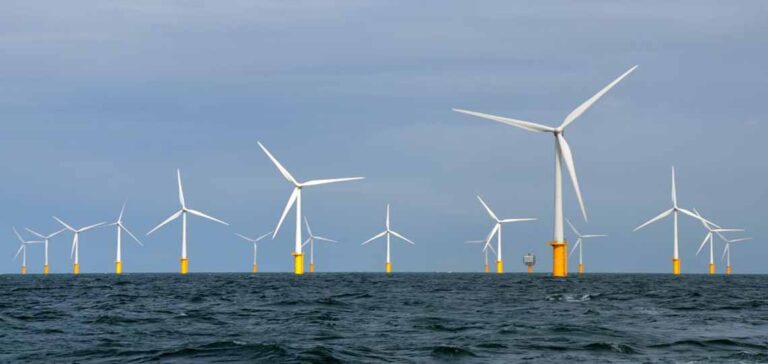The emergence of renewable energies is taking a decisive turn with the recent announcement of auctions for offshore wind power licenses. Seven major industry players, having successfully passed the qualification stage, are now in the running to acquire the rights to operate offshore wind zones, against a backdrop of intensifying efforts to produce clean energy.
Candidates include well-established renewable energy companies such as OÜ Utilitas Wind and Sunly Wind OÜ, as well as ambitious newcomers such as Edel Offshore Wind OÜ. Aker Offshore Wind Europe GmbH and VIRU KEEMIA GRUPP AS, along with UAB “Ignitis Renewables Projektai 6”, are also serious contenders, demonstrating the growing appeal of wind power as a strategic investment.
Authorities optimistic about future auctions
Kristi Talving, head of the Consumer Protection and Technical Regulation Authority, welcomed the interest shown in the auction, seeing it as a giant step towards the realization of green energy projects. Its reaction underlines a positive anticipation of the auction results and reflects the industry’s optimism about the future of wind power.
Offshore wind power: a strategic investment
From a broader economic perspective, Tiit Riisalo, Minister of Economy and Information Technology, stressed the importance of these developments for energy security and for sending a positive signal to international investors. He articulated the message that investment in climate-neutral energy sources goes beyond environmental obligations, potentially catalyzing economic growth and affirming their nation’s position as a hub for modern, sustainable industry.
The auction procedure: transparency and fairness at the heart of the process
The auction process is built around a well-structured electronic platform, offering a transparent and fair system for all participants. The importance of these auctions is further underlined by the fact that the areas concerned, identified in the Estonian Maritime Spatial Plan, are recognized for their optimal wind energy potential.
Regulatory obligations: towards responsible implementation
The size and starting price of each zone are significant, with a starting price of over a million euros for each, a sign of the value placed on these maritime areas for the development of wind energy. The procedure provides for a substantial initial deposit from participants, followed by a minimum increment for bids, thus ensuring serious and committed competition.
Current regulations dictate that the winners of the auction must, within the allotted time, begin the procedures for obtaining a surface license and for carrying out an environmental impact assessment. These crucial milestones demonstrate the commitment of authorities and companies to the responsible and conscientious implementation of offshore wind projects.






















